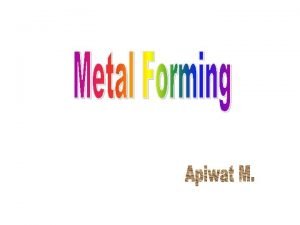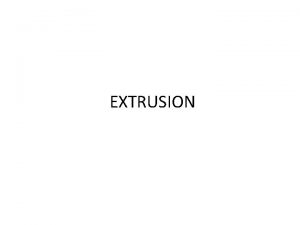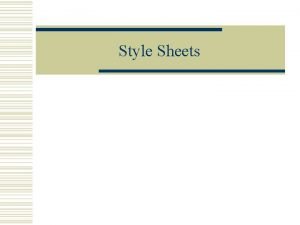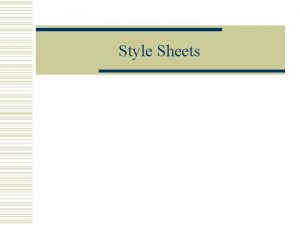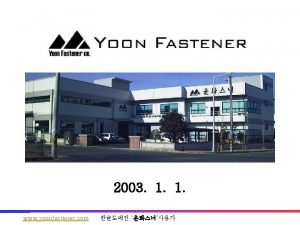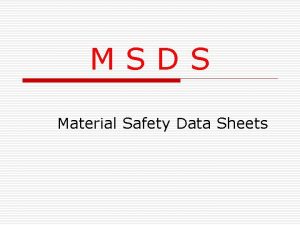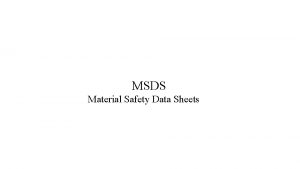Qualification of sheets for cold forming Advanced material











- Slides: 11

Qualification of sheets for cold forming Advanced material and technologies, MSc 2017

Qualification of sheets for cold forming Vertical (or normal) anisotropy (plastic strain ratio or Lankford ratio): Average vertical anisotropy: Planar anisotropy:

Qualification of sheets for cold forming Strain-hardening exponent (n):

Qualification of sheets for cold forming Formability of sheets (Lillet-diagram), in case of steels: - large r → decrease of thinning, - low Δr → lower planar anisotropy. I. High quality sheets, suitable for complex forming processes (good for stretch and deep drawing), II. Sheets mainly for deep drawing (lower thinning behaviour), III. Sheets mainly for stretching, IV. Low quality sheets, less suitable for cold forming.

Qualification of sheets for cold forming Forming Limit Diagram (FLD):

Qualification of sheets for cold forming Forming Limit Diagram (FLD):

Qualification of sheets for cold forming Forming Limit Diagram (FLD):

Qualification of sheets for cold forming

Qualification of sheets for cold forming

Qualification of sheets for cold forming

Qualification of sheets for cold forming Examples: 1. In a sheet forming process, the following maximum strains are expected on a part of the component: φ1= 0, 26 and φ2= 0, 1. Is there any possibility for crack initiation on this part? Please determine it by using the Forming Limit Diagram (FLD) of the given alloy signed by AW 6016 -T 4! 2. In a deep drawing process it is expected on the basis of preliminary experiments, that on a part of the component the strain reaches 0, 2 in a plane strain state. Is there any possibility for crack initiation on this part? Please determine it by using the FLD of the given alloy signed by AA 6111! 3. In a deep drawing process it is expected on the basis of preliminary experiments, that on a part of the component the strain reaches 0, 2 in a plane strain state. The thickness of the sheet is 1 mm. The yield strength for the base material should not be less than 80 MPa and the minimum elongation at breakage should be 20% (referring to 50 mm gauge length). With the use of FLD-s and quality tables of alloys specify the material quality with which the forming process can be carried out! 4. A finite element analysis of a sheet forming process has exhibited, that on a part of the component biaxial tension is occurred in which the strain reaches 0, 25, while in the other part plane strain is occurred in which the strain reaches 0, 2. With the use of FLD-s of given alloys specify the material quality with which the forming process can be carried out, if the tensile strength is not less than 180 MPa!
 Hot principle
Hot principle Difference between bulk deformation and sheet metal forming
Difference between bulk deformation and sheet metal forming Pvc twin screw extruder supplier
Pvc twin screw extruder supplier Lesson 1 the origins of the cold war
Lesson 1 the origins of the cold war Material and non material culture examples
Material and non material culture examples Geometrical symbol
Geometrical symbol Non material culture examples
Non material culture examples Variance analysis meaning
Variance analysis meaning Materials that is useful and harmful
Materials that is useful and harmful Non material culture examples
Non material culture examples Bona fide occupational requirement
Bona fide occupational requirement Qualified producer
Qualified producer

